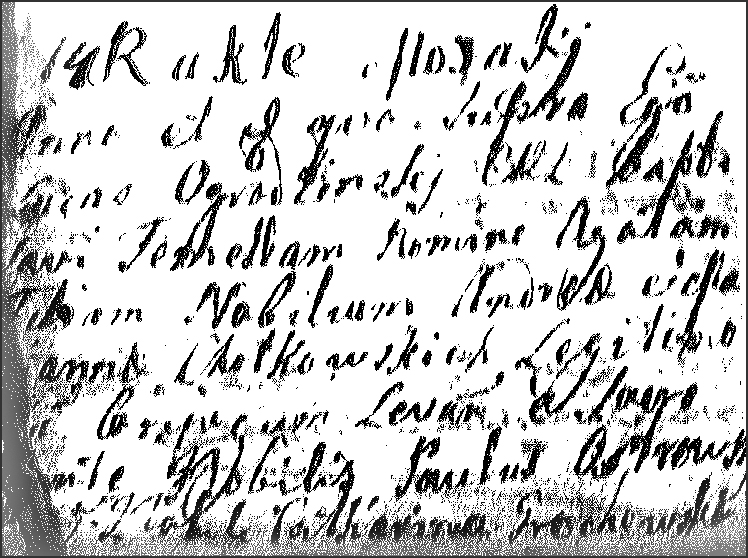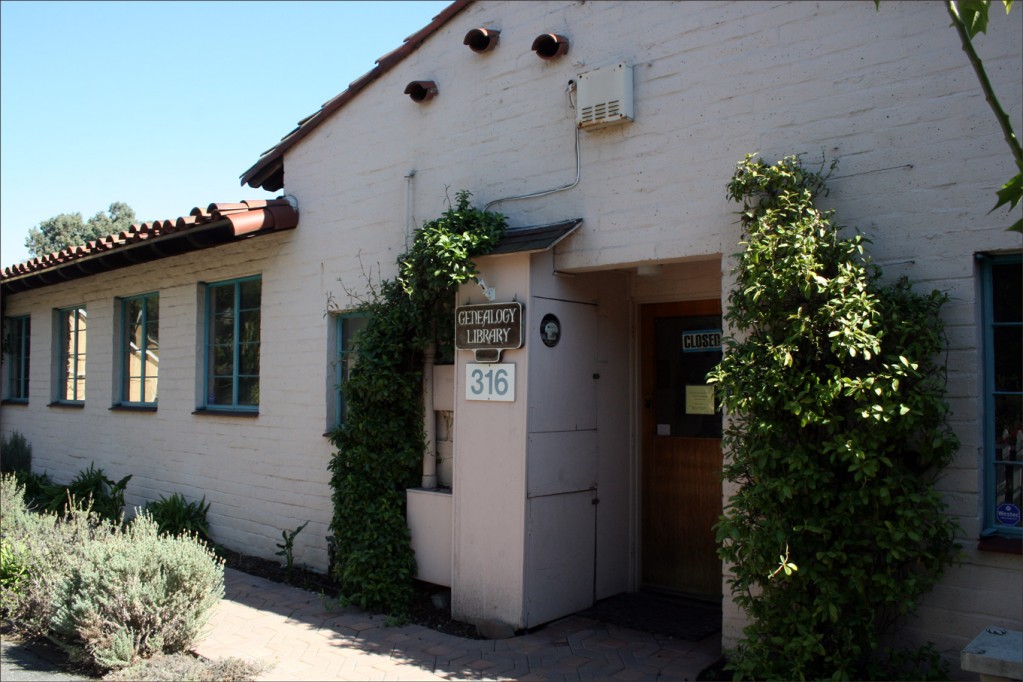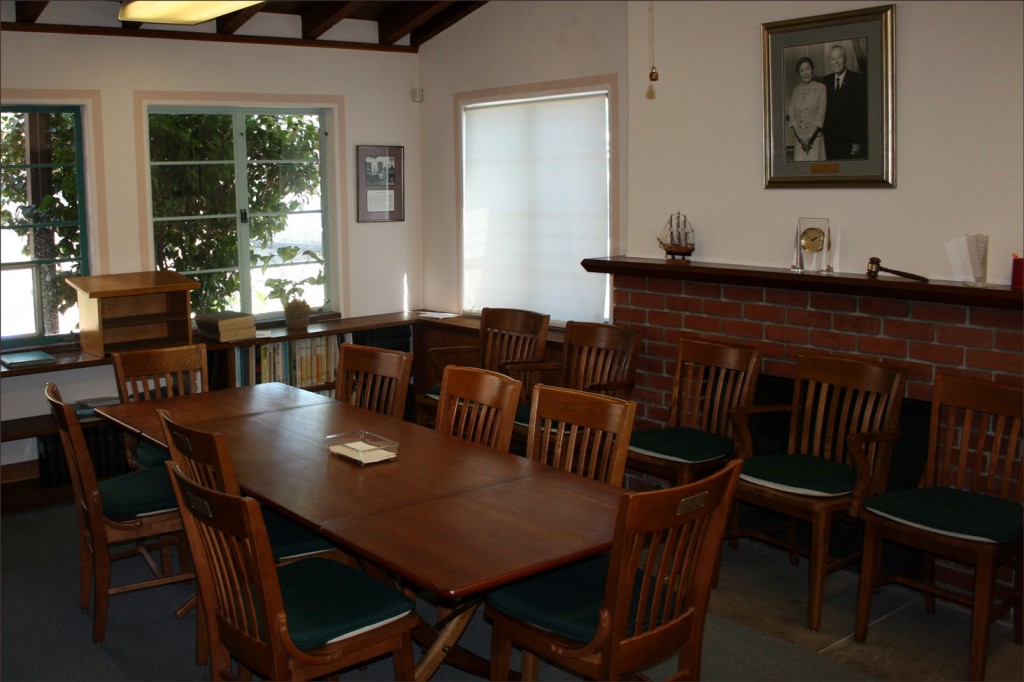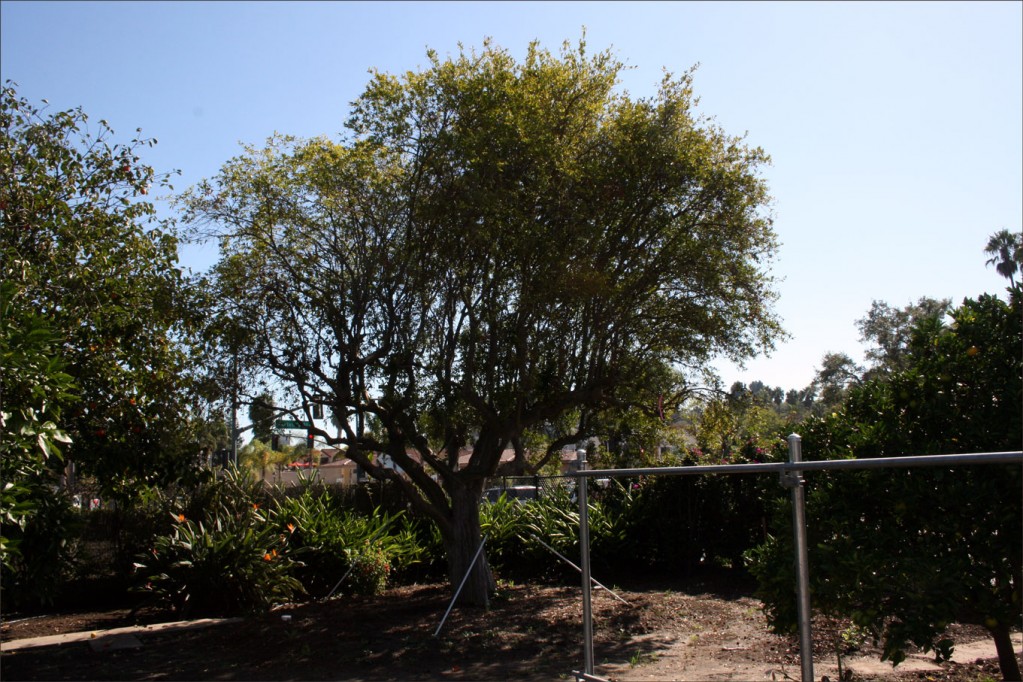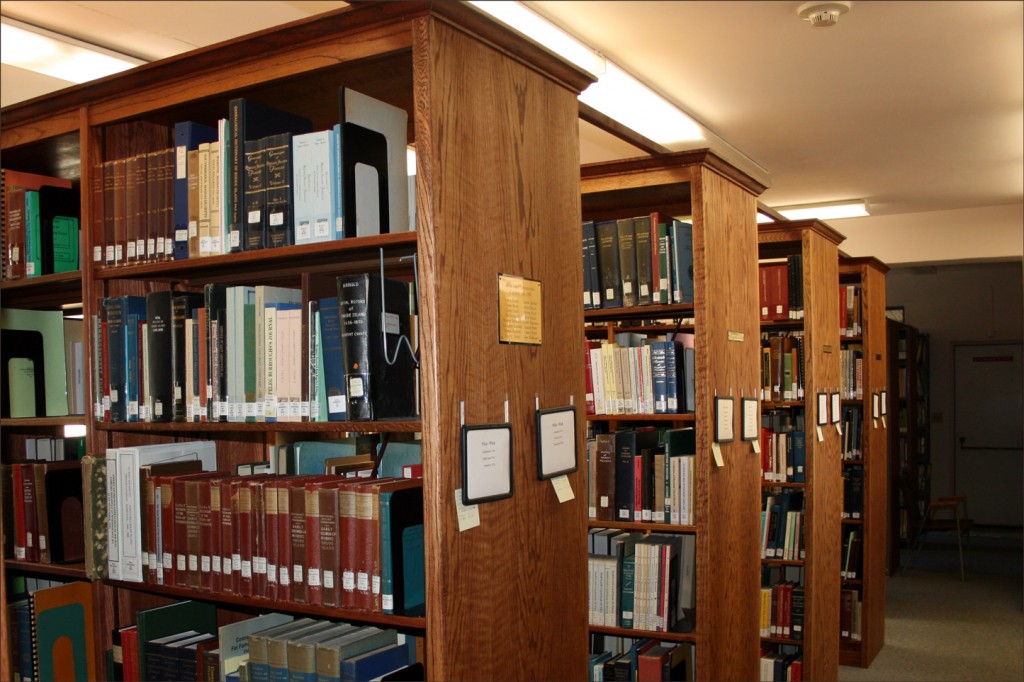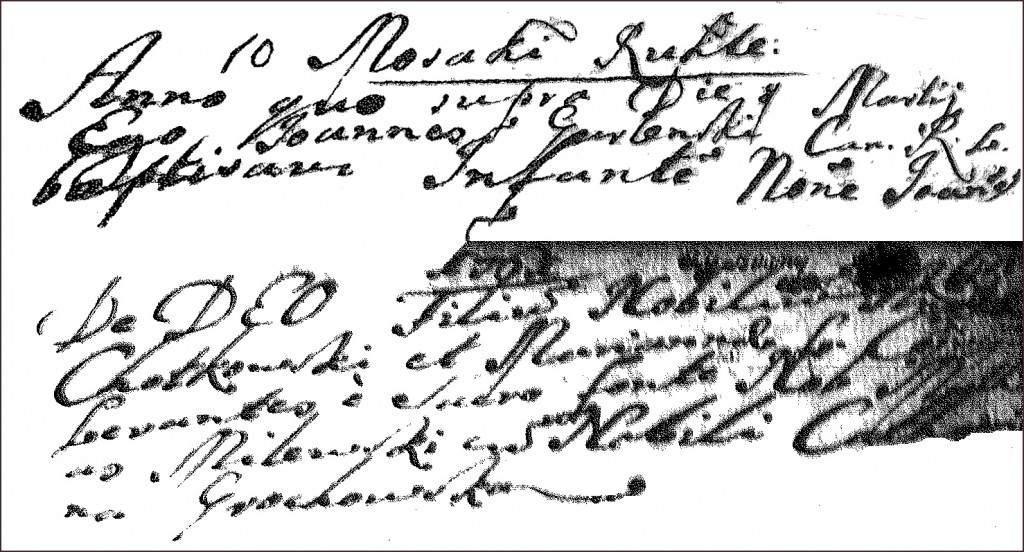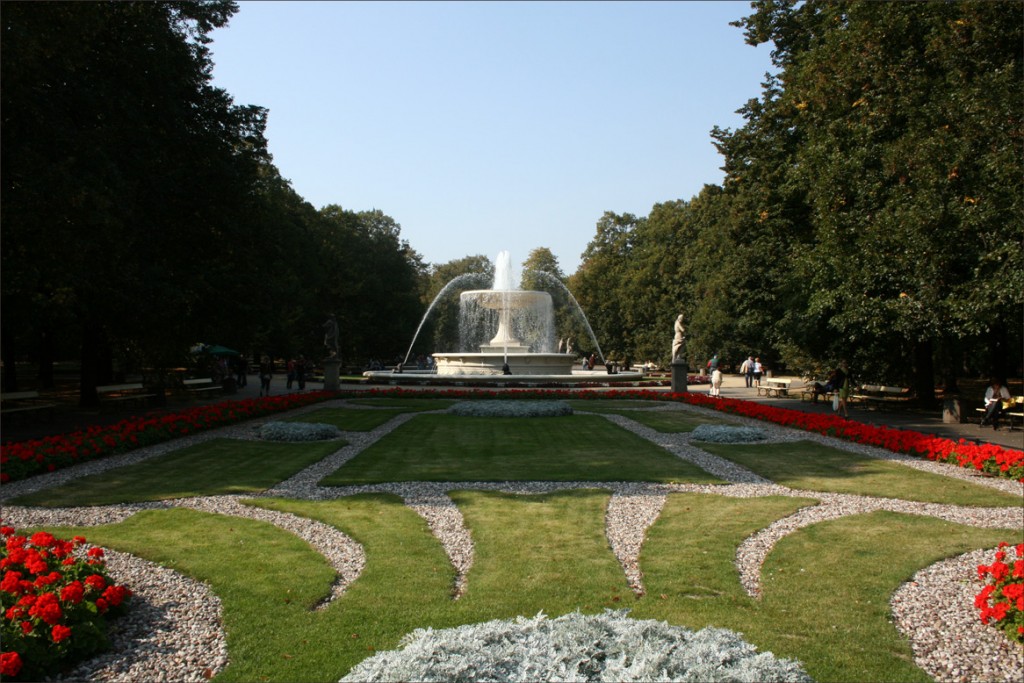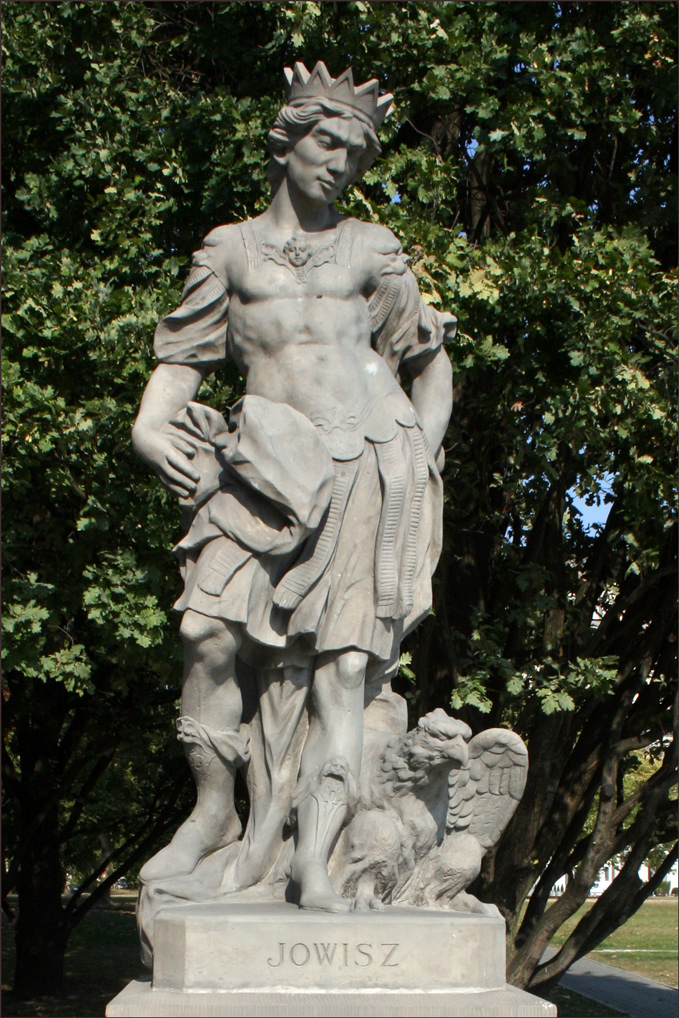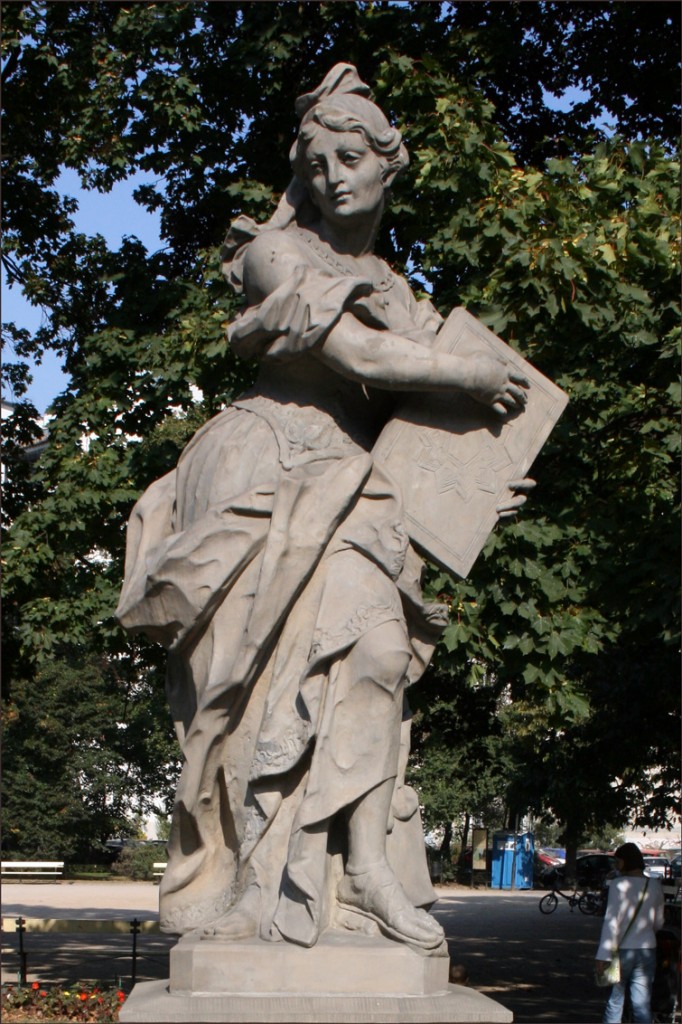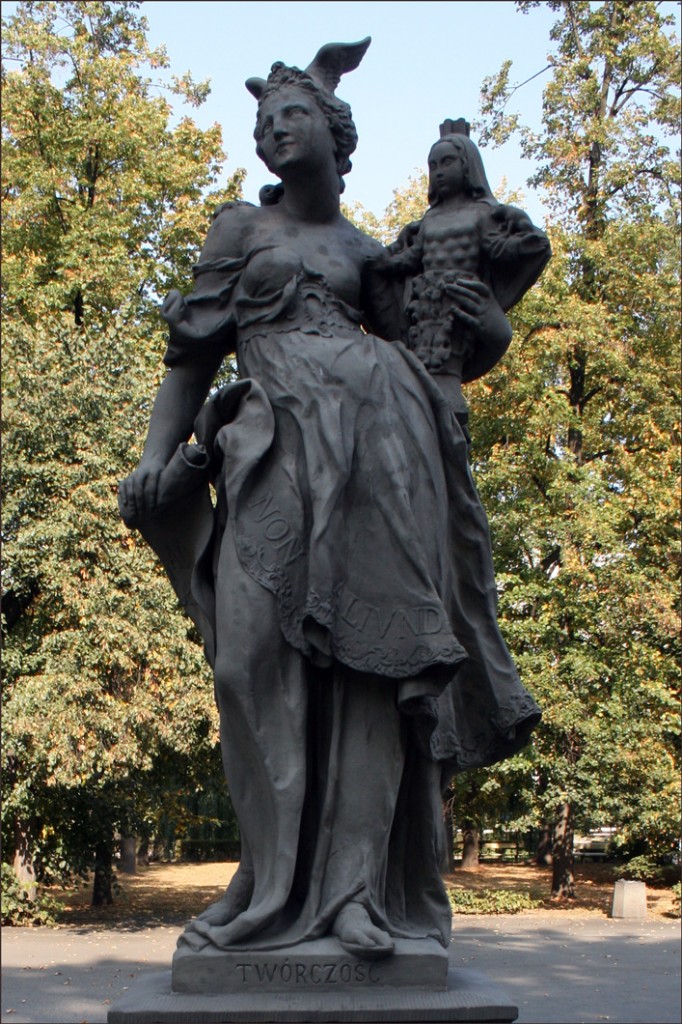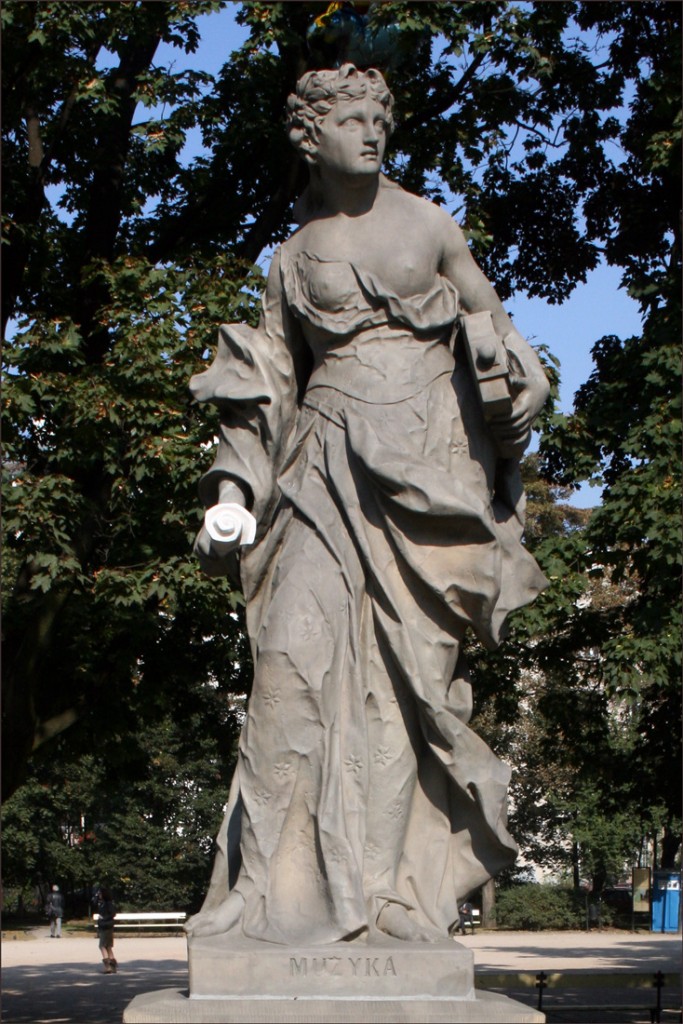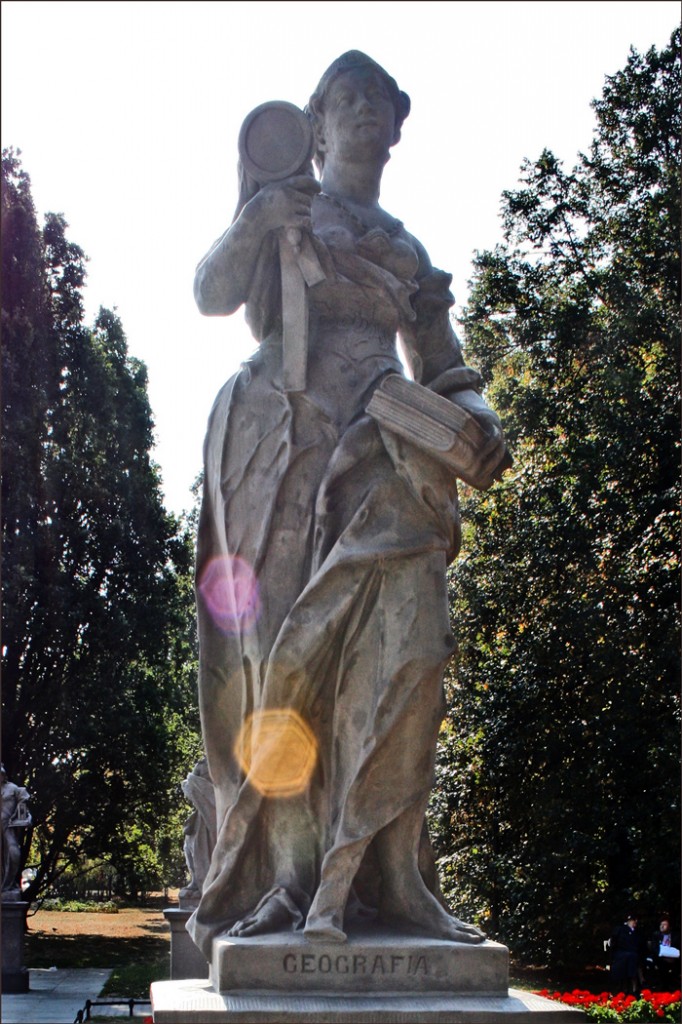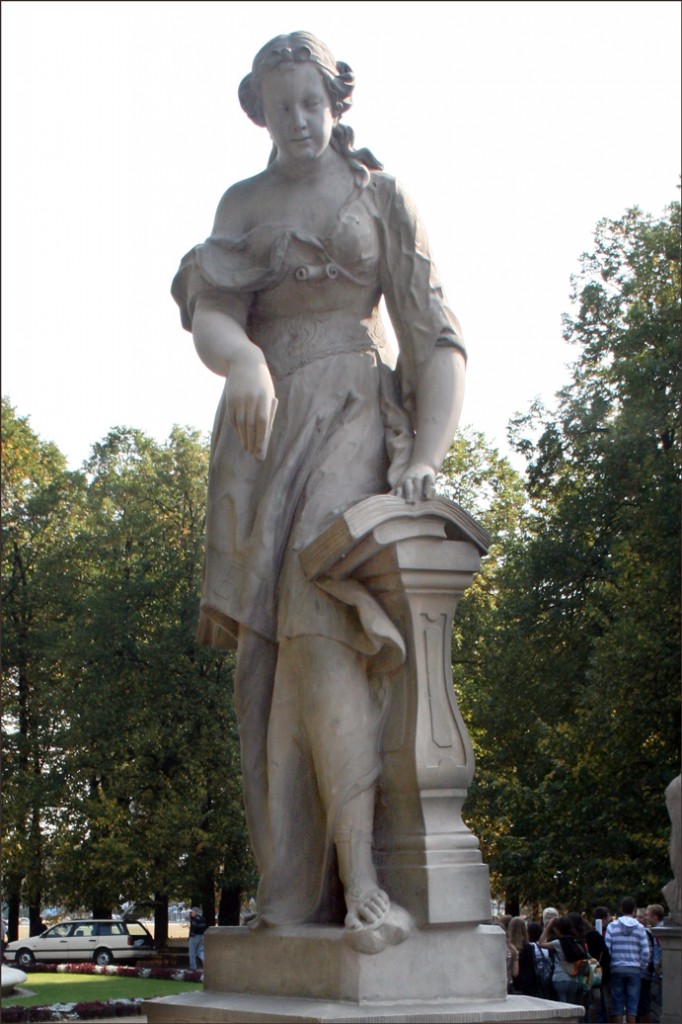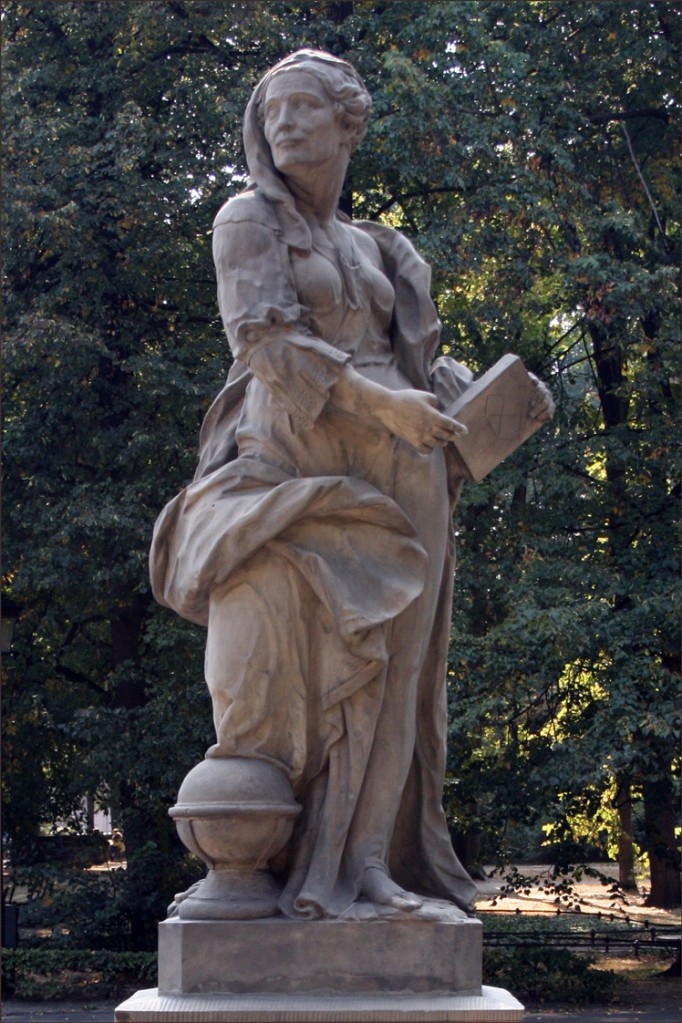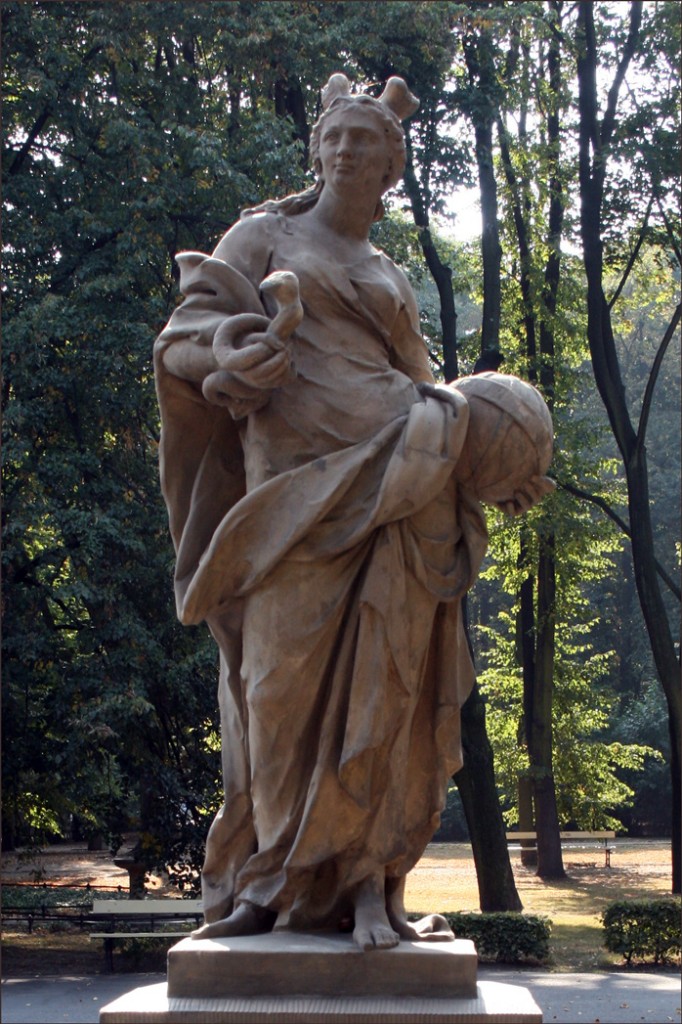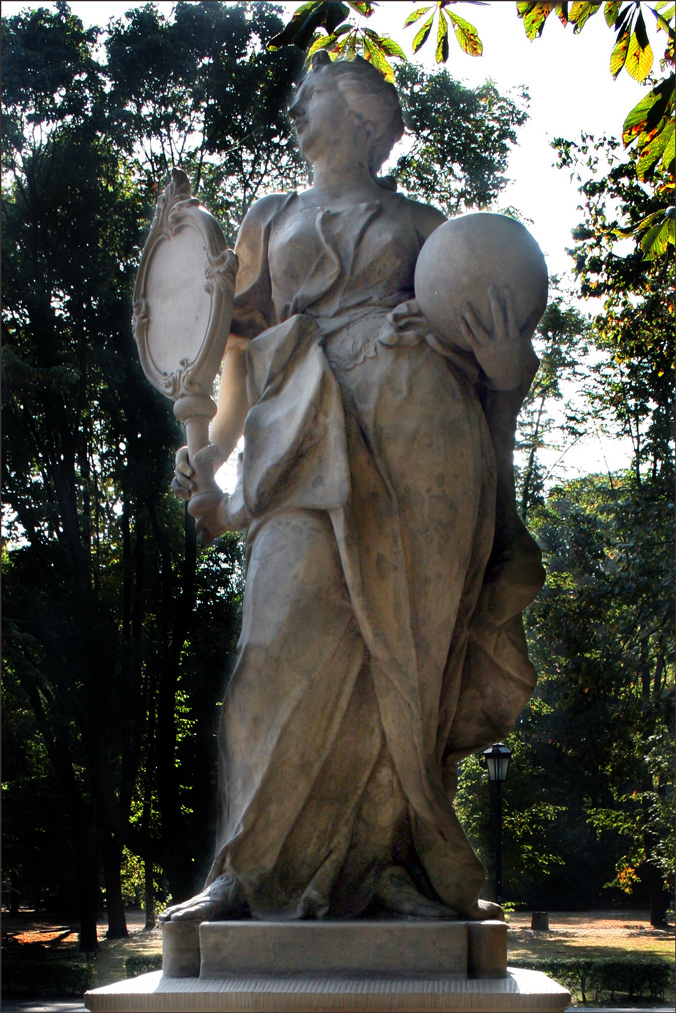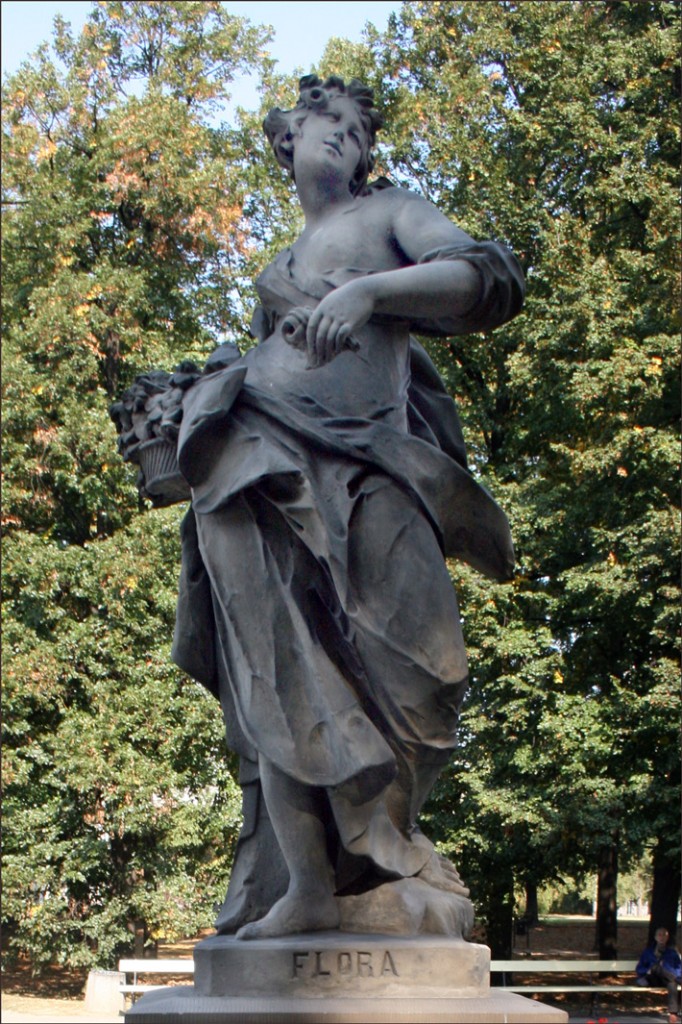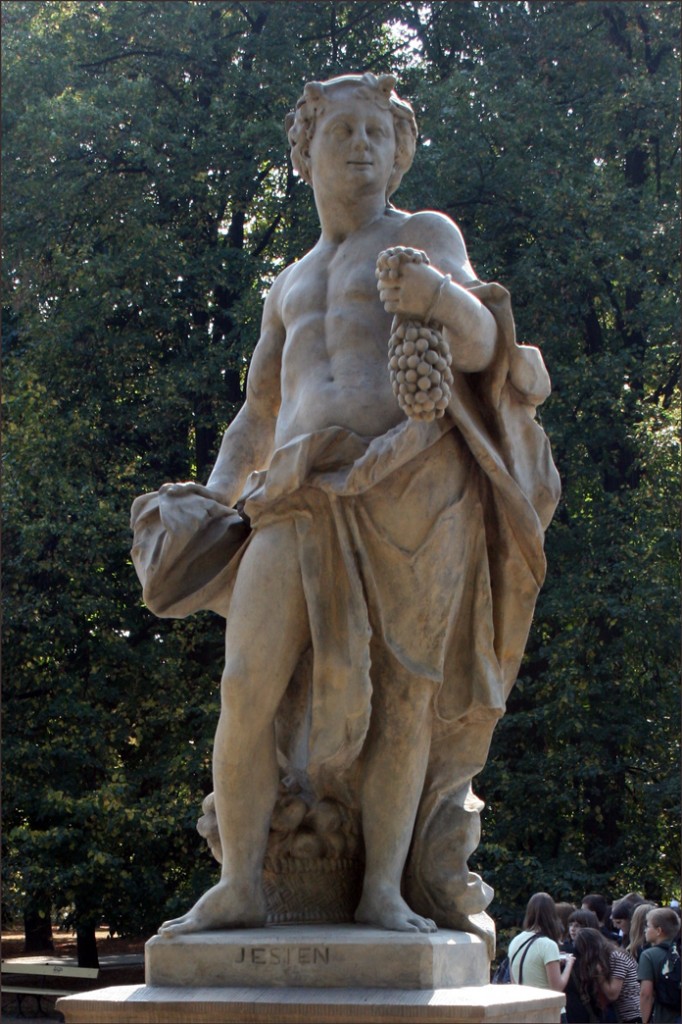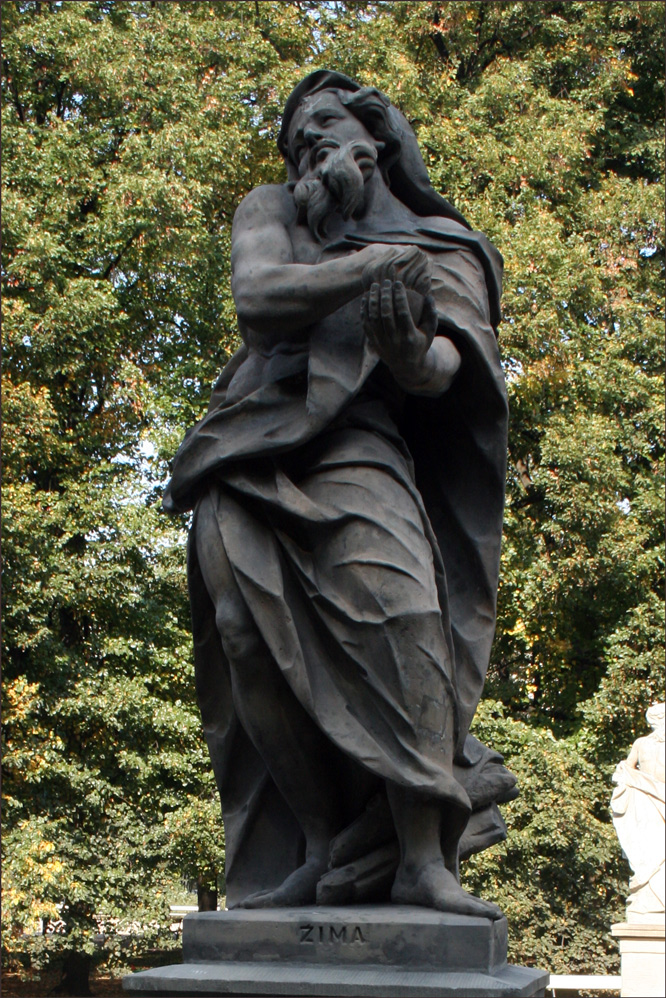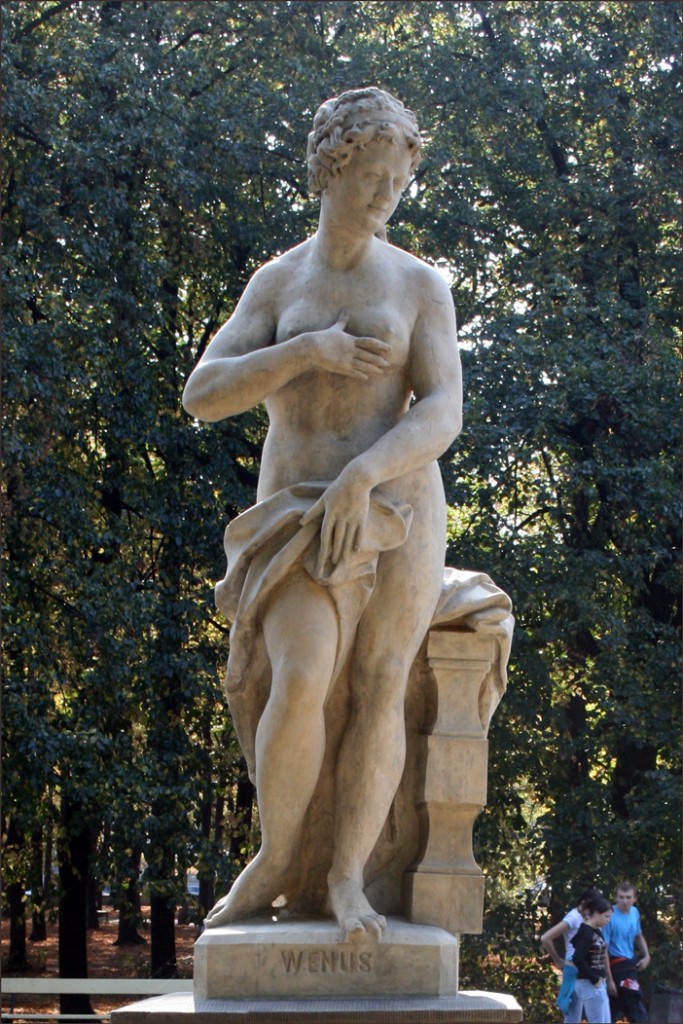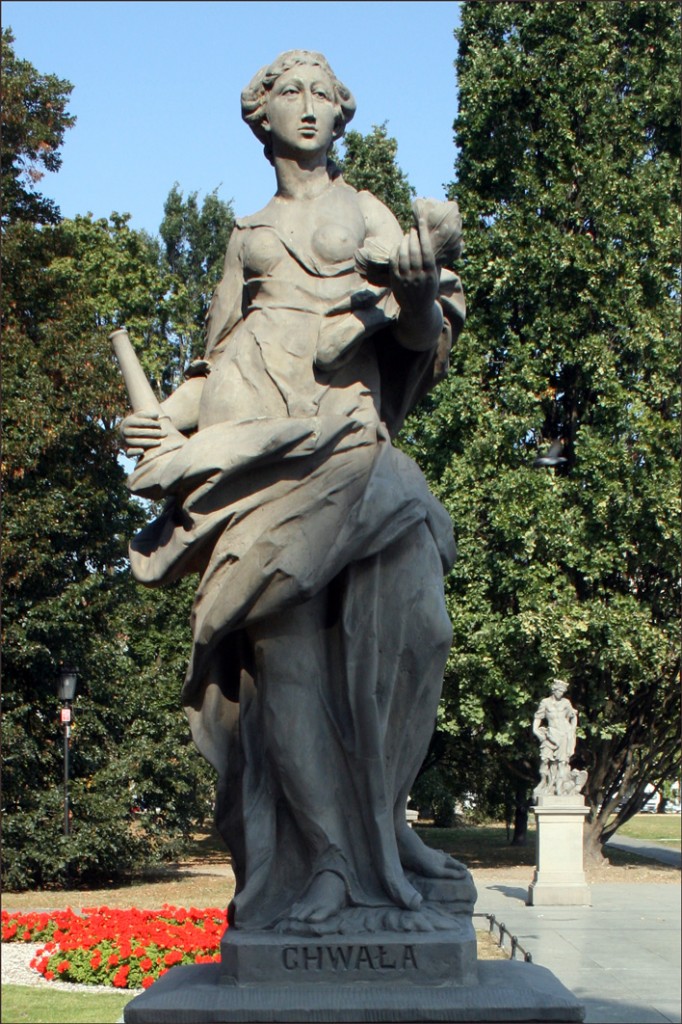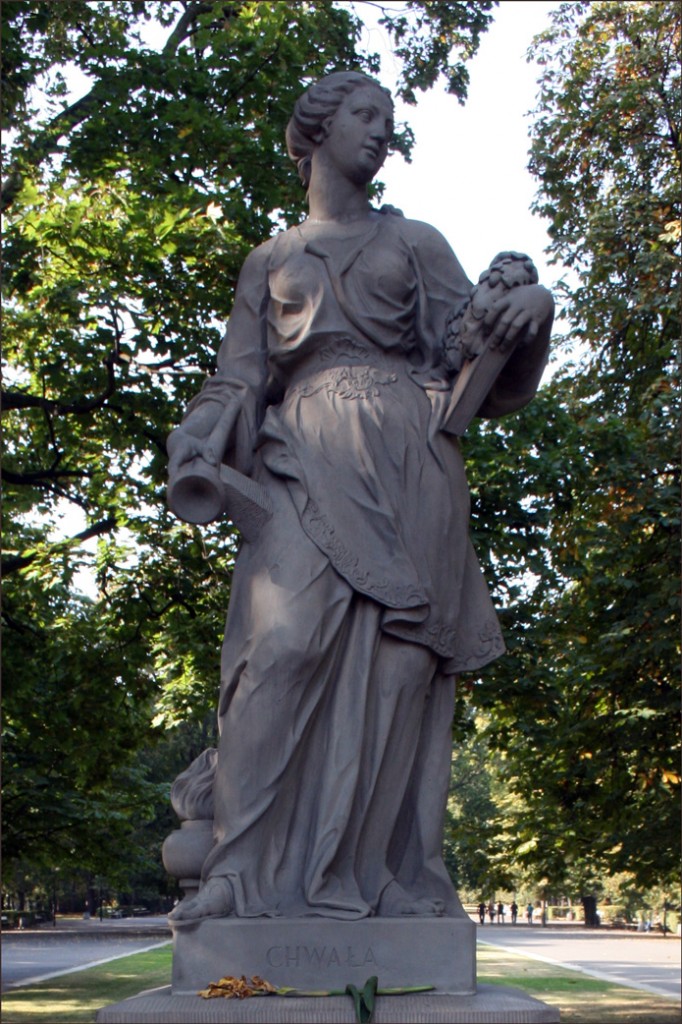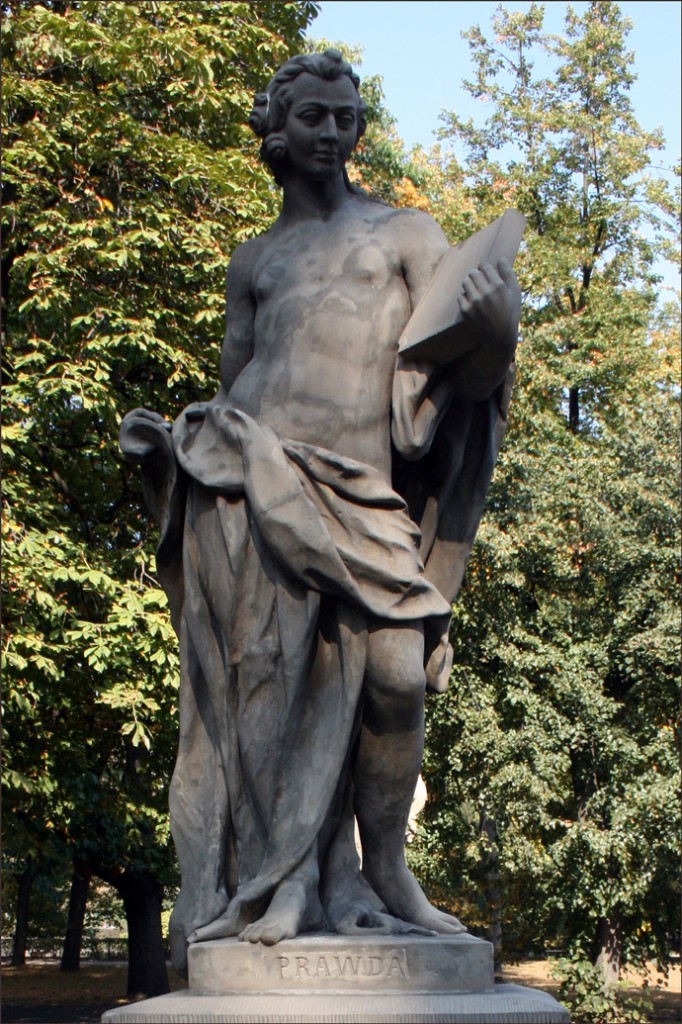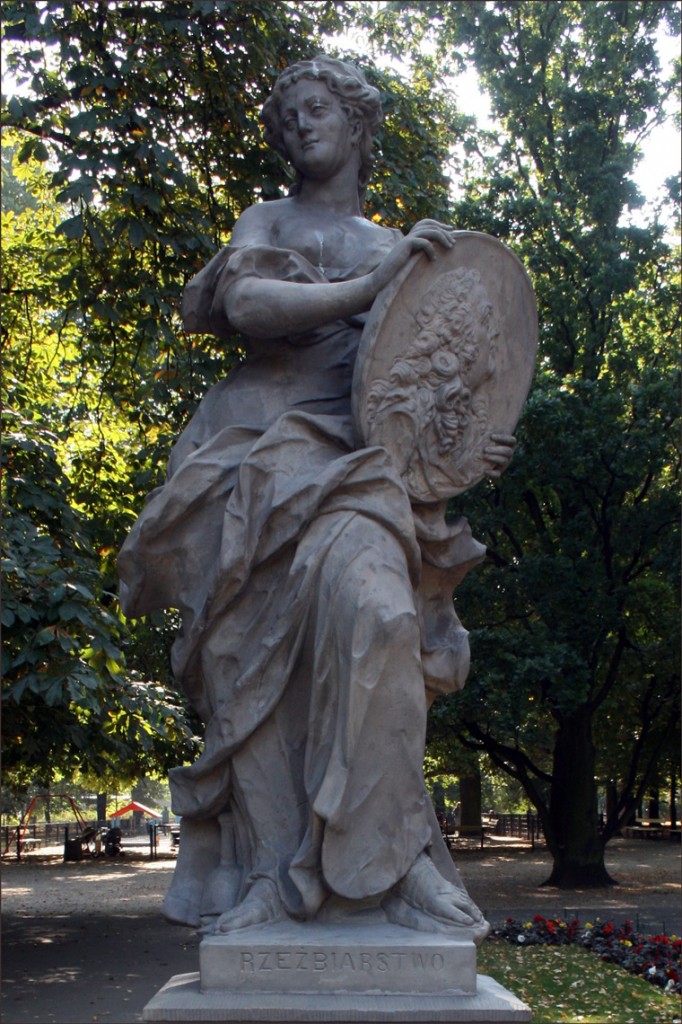Agata Chodkowska, daughter of Andrzej Chodkowski and Marianna Mossakowska, was born on about 08 March 1756 in Mosaki-Rukle, Ciechanów Land, Mazovian Voivodeship, Polish-Lithuanian Commonwealth. She was baptized in the parish church in Krasne, Ciechanów Land, Mazovian Voivodeship, Polish-Lithuanian Commonwealth on 08 March 1756 .
Parafia pw. św. Jana Chrzciciela (Krasne, Ciechanów Land, Mazovian Voivodeship, Polish-Lithuanian Commonwealth), “Liber Baptisatorum Ecclesia Krasnensis ab Anno 1755 do Anu 1781. [Book of Baptisms of the Church in Krasne from the year 1755 to the year 1781.],” page 3, entry 14, Agata Chodkowska, 08 Mar 1756; filmed as Księgi metrykalne, 1657-1809; FHL INTL microfilm 1,496,578, Item 9.
Click on the image above to view a higher resolution image. Click on the link for a PDF copy of the Birth and Baptismal Record of Agata Chodkowska. Translated from the Latin, the record reads:
14 Mosaki-Rukle
On the year and day above [08 March 1756], I Łukasz Ogrodziński, Canon Regular of the Laterans, baptized a female with the name Agata, daughter of the legally married couple, the Nobles Andrzej and Marianna Chotkowski. The godparents were the Noble Paweł Ostrowski and the Noble Katarzyna Grochowska.
Julianna was my fourth great grand aunt, the sister of my fourth great grandmother, Cecylia Chodkowska.
Copyright © 2009 by Stephen J. Danko

